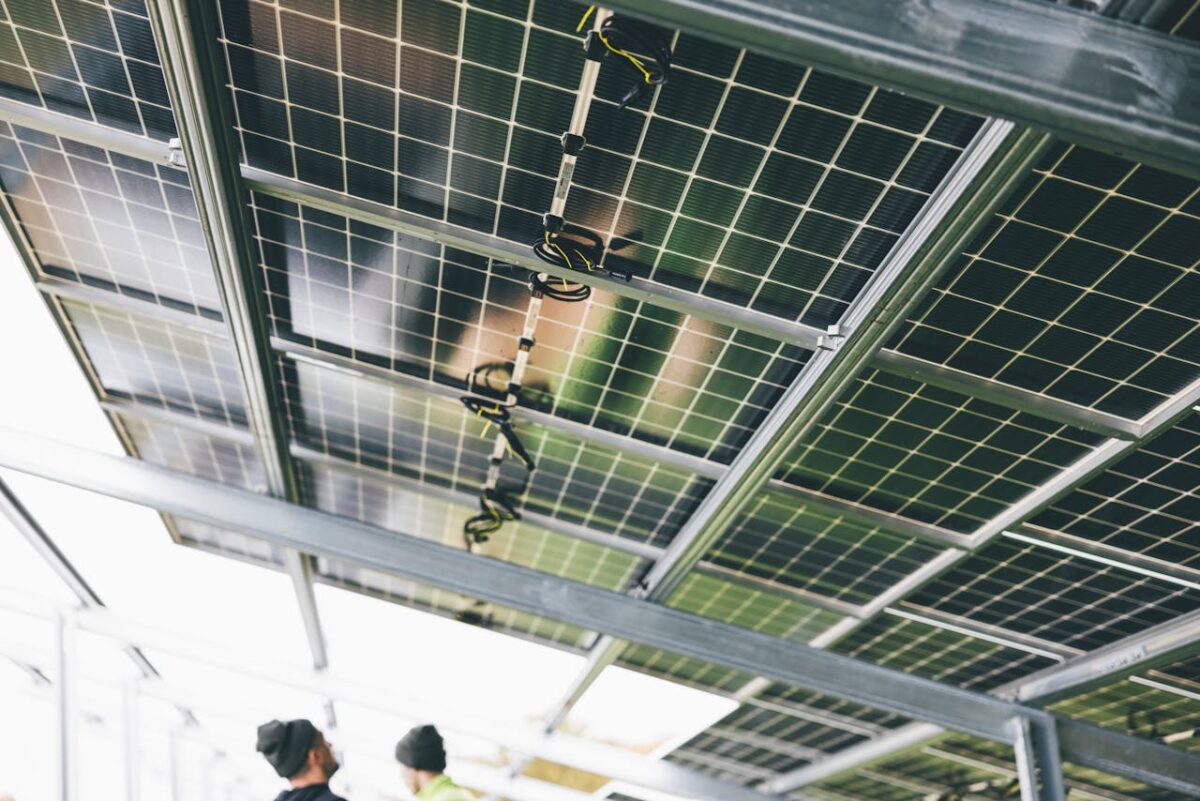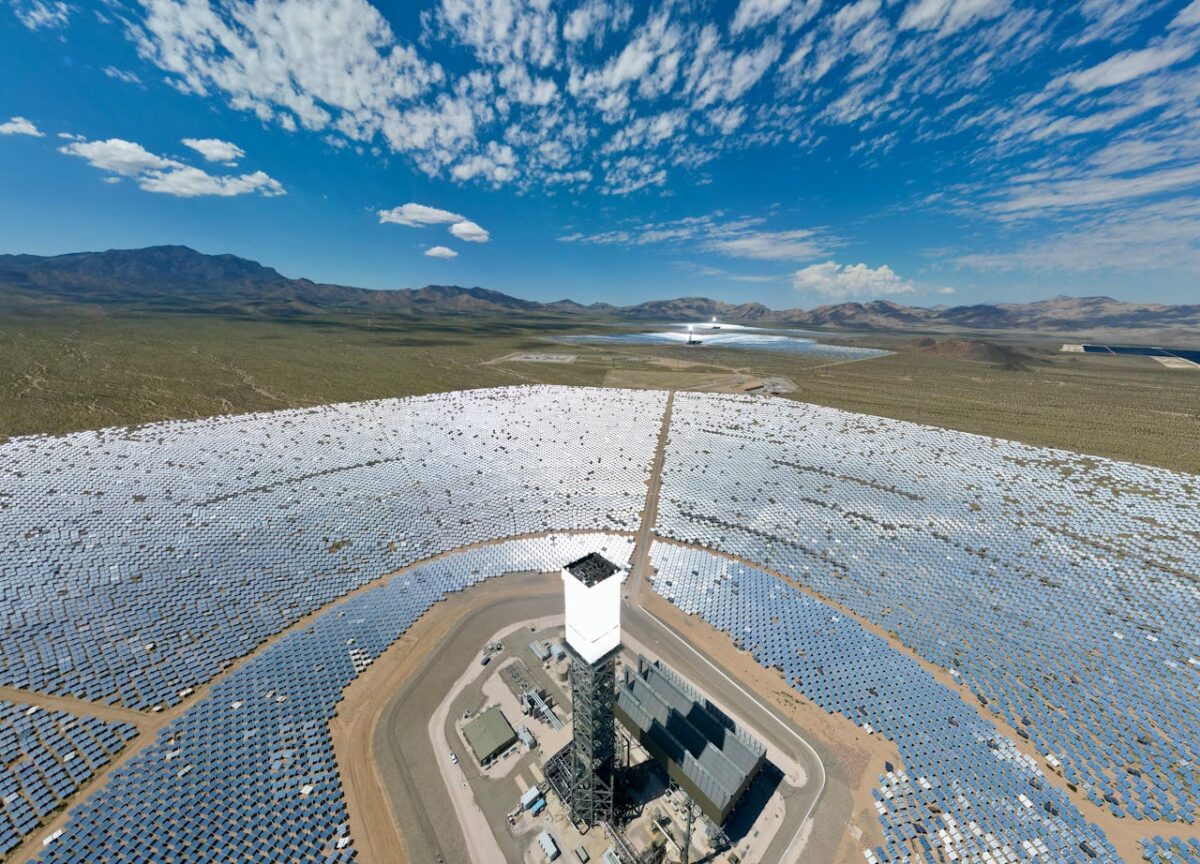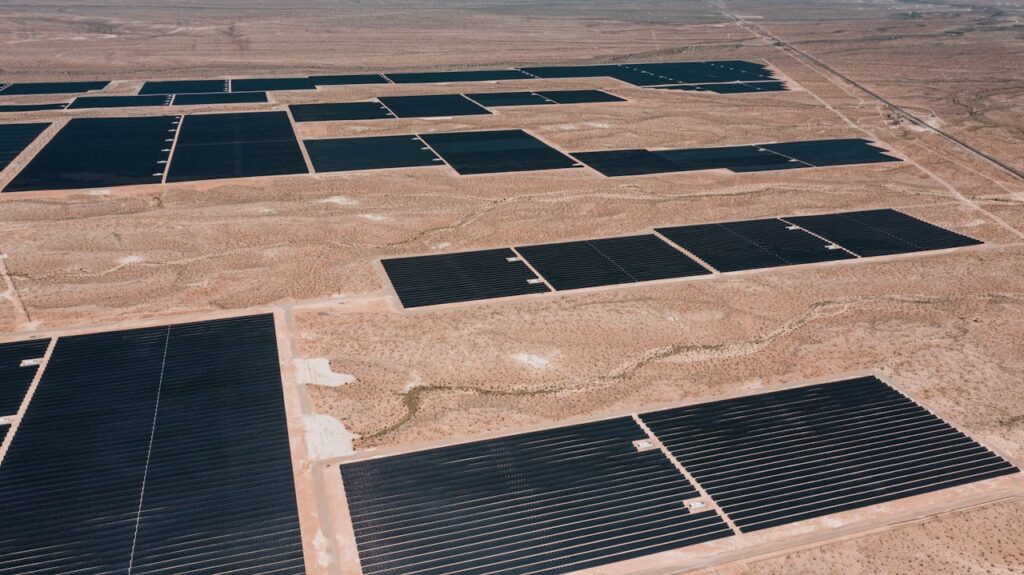American Cities Leading Renewable Energy
pvsolar
on
May 13, 2025
At A Glance...
- Burlington became one of the first cities in the U.S. to run entirely on renewable electricity in 2014.
- In 1885, Aspen became the first American municipality west of the Mississippi to use hydroelectric power.
- Over 80% of Seattle’s electricity comes from hydropower.
Across the U.S., a growing number of cities are flipping the switch on fossil fuels and powering up with renewables. These forward-thinking communities are showing the rest of the country (and the world) what’s possible when clean energy takes center stage.
From wind and solar to hydropower and biomass, these cities are running on clean energy dreams—and real-world results. And while they’re leading the charge, your business can plug into the movement too (more on that below).
Let’s meet some of the clean energy champions lighting the way.
4 Cities Leading Clean Energy For The US
Iowa City, IA
Iowa City is charging hard into the renewable future. With investments in solar, wind, and energy efficiency, the city is on track to run 100% of its municipal operations on renewable electricity.
They’ve already rolled out solar arrays across public buildings and launched community solar programs that let residents share in the clean power. Iowa City is proof that even small cities can make a big green impact.
Burlington, VT
Burlington became one of the first cities in the U.S. to run entirely on renewable electricity—and they did it all the way back in 2014.
How? A mix of hydropower, wind, biomass, and solar keeps the lights on in Vermont’s largest city. Burlington doesn’t just talk sustainability—they live it, from city planning to transportation to how they heat their homes.
They’ve shown the nation that renewables aren’t a dream—they’re already working.
Aspen, CO
Famous for its luxury ski resorts, Aspen also happens to be one of the most sustainable mountain towns in the U.S. In 1885, Aspen became the first American municipality west of the Mississippi to use hydroelectric power.
Aspen now runs on 100% renewable electricity, thanks to a combo of hydropower and wind. The city has also implemented strict efficiency goals, electric vehicle incentives, and green building codes that make sustainability part of everyday life.
It’s proof that clean energy isn’t just for big cities—it’s for any city with big ambition.
Seattle, WA
Over 80% of Seattle’s electricity comes from hydropower, and they’re expanding into wind and solar, too.
The city has aggressive climate goals and policies that push for clean energy adoption across public transit, buildings, and businesses. Seattle is all in on a carbon-free future—and they’re bringing the Pacific Northwest along for the ride.
How Your Business Can Employ Renewable Energy
Good news: You don’t have to be a city government to go green. Businesses across the country are making the switch to renewables—and there are more options than ever before.
Here’s how to get started!
- Join a community solar program – Even if you don’t own your building, you can tap into shared solar and cut your electric bill.
- Install on-site solar panels – Rooftop or ground-mounted systems can power your operations and provide long-term savings.
- Buy green power from your utility – Many utilities offer renewable energy subscriptions or “green tariffs” that let you buy clean electricity.
- Invest in energy storage – Combine solar with batteries to take control of your energy use and stay resilient.
- Recycle your old solar panels – Upgrading your system? We’ll take those retired panels off your hands—responsibly. Contact our solar panel recycling company today to find out more.




